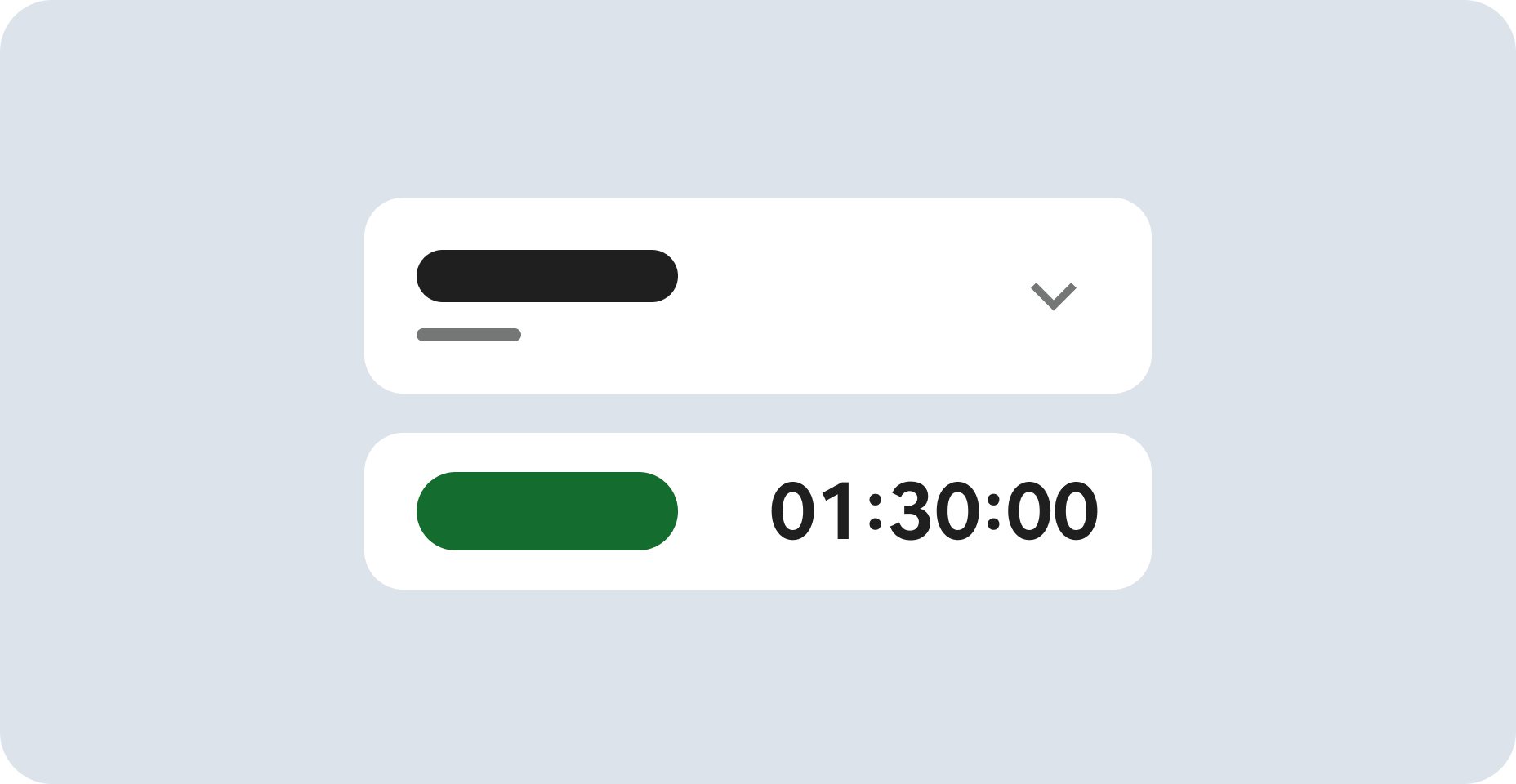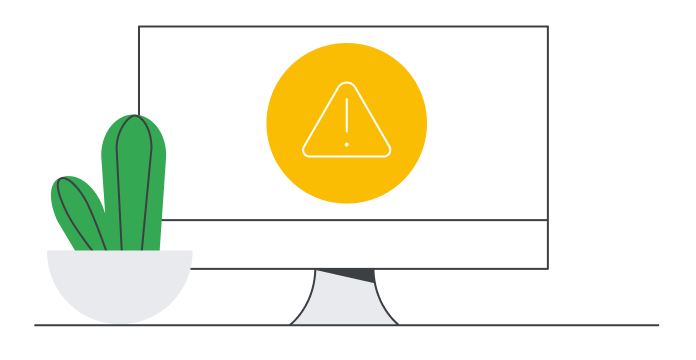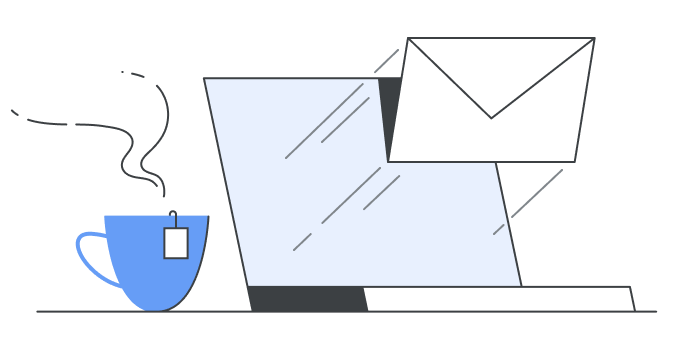
Before you begin
- Labs create a Google Cloud project and resources for a fixed time
- Labs have a time limit and no pause feature. If you end the lab, you'll have to restart from the beginning.
- On the top left of your screen, click Start lab to begin
Create a dataset
/ 30
Copy a public New York taxi table to your dataset
/ 30
Create a tag template
/ 20
Attach tag to your table
/ 20
Data Catalog is deprecated and will be discontinued on January 30, 2026. You can still complete this lab if you want to.
For steps to transition your Data Catalog users, workloads, and content to Dataplex Catalog, see Transition from Data Catalog to Dataplex Catalog (https://cloud.google.com/dataplex/docs/transition-to-dataplex-catalog).
Data Catalog is a fully managed, scalable metadata management service within Dataplex.
It offers a simple and easy-to-use search interface for data discovery, a flexible and powerful cataloging system for capturing both technical and business metadata, and a strong security and compliance foundation with Cloud Data Loss Prevention (DLP) and Cloud Identity and Access Management (IAM) integrations.
BigQuery is an enterprise data warehouse that enables super-fast SQL queries using the processing power of Google's infrastructure.
Simply move your data into BigQuery and let us handle the hard work. You can control access to both the project and your data based on your business needs, such as giving others the ability to view or query your data.
There are two main ways you interact with Data Catalog:
Imagine you are a data engineer in your company. It is your job to ensure all datasets can be easily discovered and used by colleagues, such as data scientists or business analysts. When a new dataset comes in, you annotate it with important information—this could be whether or not it contains PII data, who owns the dataset, how many rows the dataset contains, etc.
You can annotate this information by adding tags to your dataset and tables. Data Catalog allows you to create tag templates to let you define what kind of attributes you want to tag. This allows you to easily access, map, and discover pertinent information from your datasets and tables.
In this lab, you will learn how to:
Read these instructions. Labs are timed and you cannot pause them. The timer, which starts when you click Start Lab, shows how long Google Cloud resources are made available to you.
This hands-on lab lets you do the lab activities in a real cloud environment, not in a simulation or demo environment. It does so by giving you new, temporary credentials you use to sign in and access Google Cloud for the duration of the lab.
To complete this lab, you need:
Click the Start Lab button. If you need to pay for the lab, a dialog opens for you to select your payment method. On the left is the Lab Details pane with the following:
Click Open Google Cloud console (or right-click and select Open Link in Incognito Window if you are running the Chrome browser).
The lab spins up resources, and then opens another tab that shows the Sign in page.
Tip: Arrange the tabs in separate windows, side-by-side.
If necessary, copy the Username below and paste it into the Sign in dialog.
You can also find the Username in the Lab Details pane.
Click Next.
Copy the Password below and paste it into the Welcome dialog.
You can also find the Password in the Lab Details pane.
Click Next.
Click through the subsequent pages:
After a few moments, the Google Cloud console opens in this tab.
Cloud Shell is a virtual machine that is loaded with development tools. It offers a persistent 5GB home directory and runs on the Google Cloud. Cloud Shell provides command-line access to your Google Cloud resources.
Click Activate Cloud Shell at the top of the Google Cloud console.
Click through the following windows:
When you are connected, you are already authenticated, and the project is set to your Project_ID,
gcloud is the command-line tool for Google Cloud. It comes pre-installed on Cloud Shell and supports tab-completion.
Output:
Output:
gcloud, in Google Cloud, refer to the gcloud CLI overview guide.
From the navigation menu, select APIs and Services > Library.
In the search bar, enter in Data Catalog and select Google Cloud Data Catalog API.
Then click Enable.
If you run into the following error after trying to enable the Data Catalog API:
The Data Catalog API should be successfully enabled:
The Welcome to BigQuery in the Cloud Console message box opens. This message box provides a link to the quickstart guide and the release notes.
The BigQuery console opens.
For Dataset ID, enter demo_dataset
For Data location, select US (multiple regions in United States).
Click Check my progress to verify the objective.
From the left-hand panel, click + ADD > Public datasets.
In the search bar, enter in NYC TLC Trips and click on the result that appears:
For this lab, you will be using a table from this dataset which contains NYC yellow cab trip data from 2018.
Click out of the side panel to close it as soon as you're ready to continue.
Copy the tlc_yellow_trips_2018 table by running this command in your Cloud Shell panel. Click Authorize.
The previous command used the bq command line tool to copy the public table into your project and organized it in the demo_dataset you created earlier.
BigQuery browser page.demo_dataset.You will add Data Catalog tags to the table in the next section.
Click Check my progress to verify the objective.
Create a tag template from the Data Catalog UI.
Next, create four tag attributes (also called tag "fields").
Create four attributes with the values listed below. Note that the "source" attribute defines a required tag attribute. You can use lower case letters and underscores to define attribute names:
Click Done.
Now click Add a Field and enter in:
Click Done.
Then click Add a Field and enter in:
Click Done.
Then click Add a Field and enter in:
The completed tag template form should list the four tag attributes:
The Data Catalog Tag template page displays template details and attributes:
Click Check my progress to verify the objective.
To attach a tag to a table in your dataset, click on the Data Catalog icon in the top left corner.
In Left pane, select Search and type demo_dataset in the Search box.
Click Search:
The demo_dataset and the trips table that you copied into the dataset are displayed in the search results.
The Entry details page opens.
From the Attach Tags dialog, under "Choose what to tag" select trips table, and click Ok.
select the Demo Tag Template for tag templates.
Next, insert or select the following values for each tag attribute:
Click Save.
Click on Demo Tag Template to view the tag attributes listed on the Entry details page.
Click Check my progress to verify the objective.
Great job! You learned how to successfully attach a tag to a table with Data Catalog.
This self-paced lab is part of the BigQuery for Marketing Analysts and Data Catalog Fundamentals quests. A quest is a series of related labs that form a learning path. Completing a quest earns you a badge to recognize your achievement. You can make your badge or badges public and link to them in your online resume or social media account. Enroll in any quest that contains this lab and get immediate completion credit. See the Google Cloud Skills Boost catalog to see all available quests.
In this lab, you learned how to:
When you have completed your lab, click End Lab. Your account and the resources you've used are removed from the lab platform.
You will be given an opportunity to rate the lab experience. Select the applicable number of stars, type a comment, and then click Submit.
The number of stars indicates the following:
You can close the dialog box if you don't want to provide feedback.
For feedback, suggestions, or corrections, please use the Support tab.
...helps you make the most of Google Cloud technologies. Our classes include technical skills and best practices to help you get up to speed quickly and continue your learning journey. We offer fundamental to advanced level training, with on-demand, live, and virtual options to suit your busy schedule. Certifications help you validate and prove your skill and expertise in Google Cloud technologies.
Manual Last Updated June 12, 2024
Lab Last Tested June 12, 2024
Copyright 2025 Google LLC All rights reserved. Google and the Google logo are trademarks of Google LLC. All other company and product names may be trademarks of the respective companies with which they are associated.


This content is not currently available
We will notify you via email when it becomes available

Great!
We will contact you via email if it becomes available


One lab at a time
Confirm to end all existing labs and start this one
